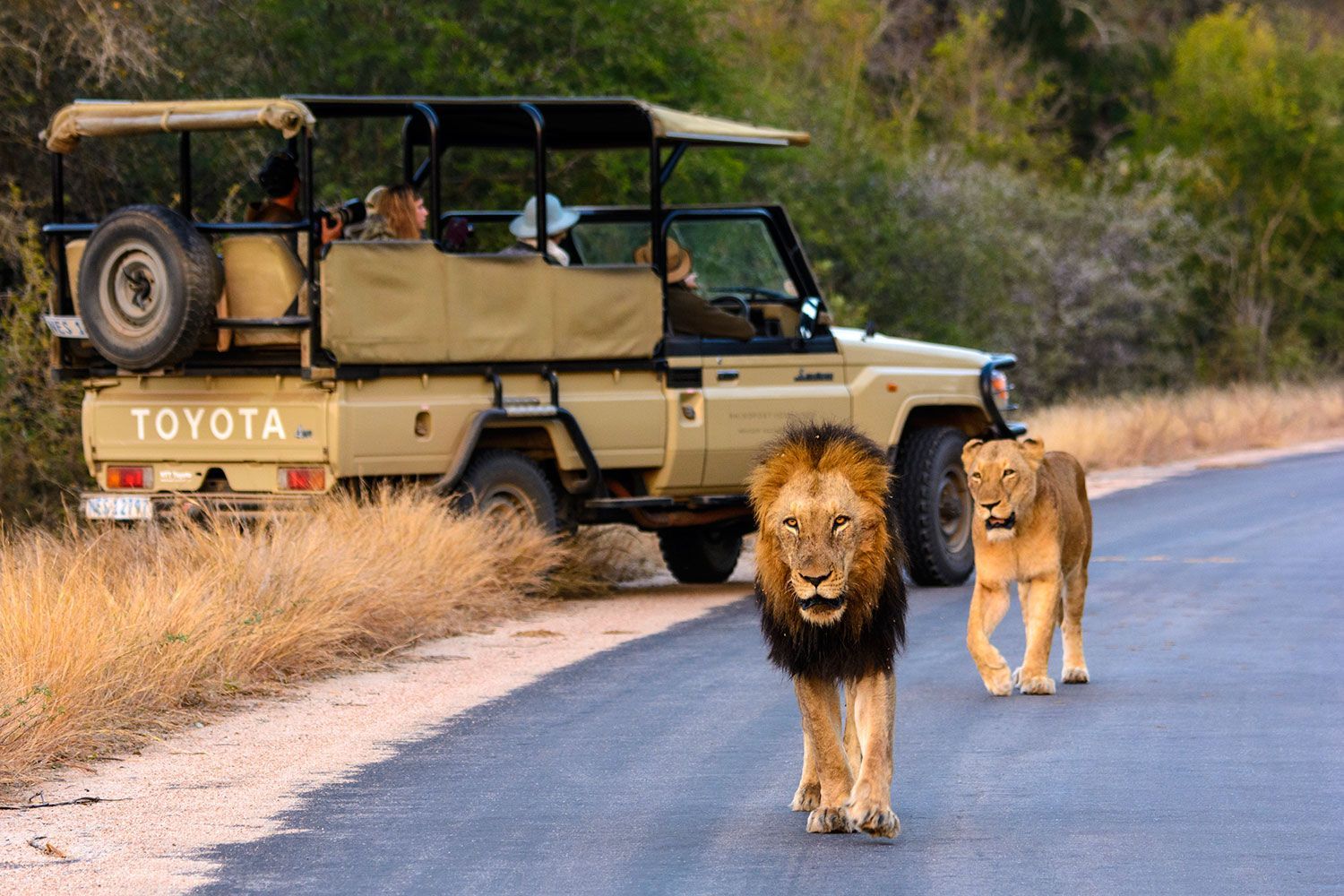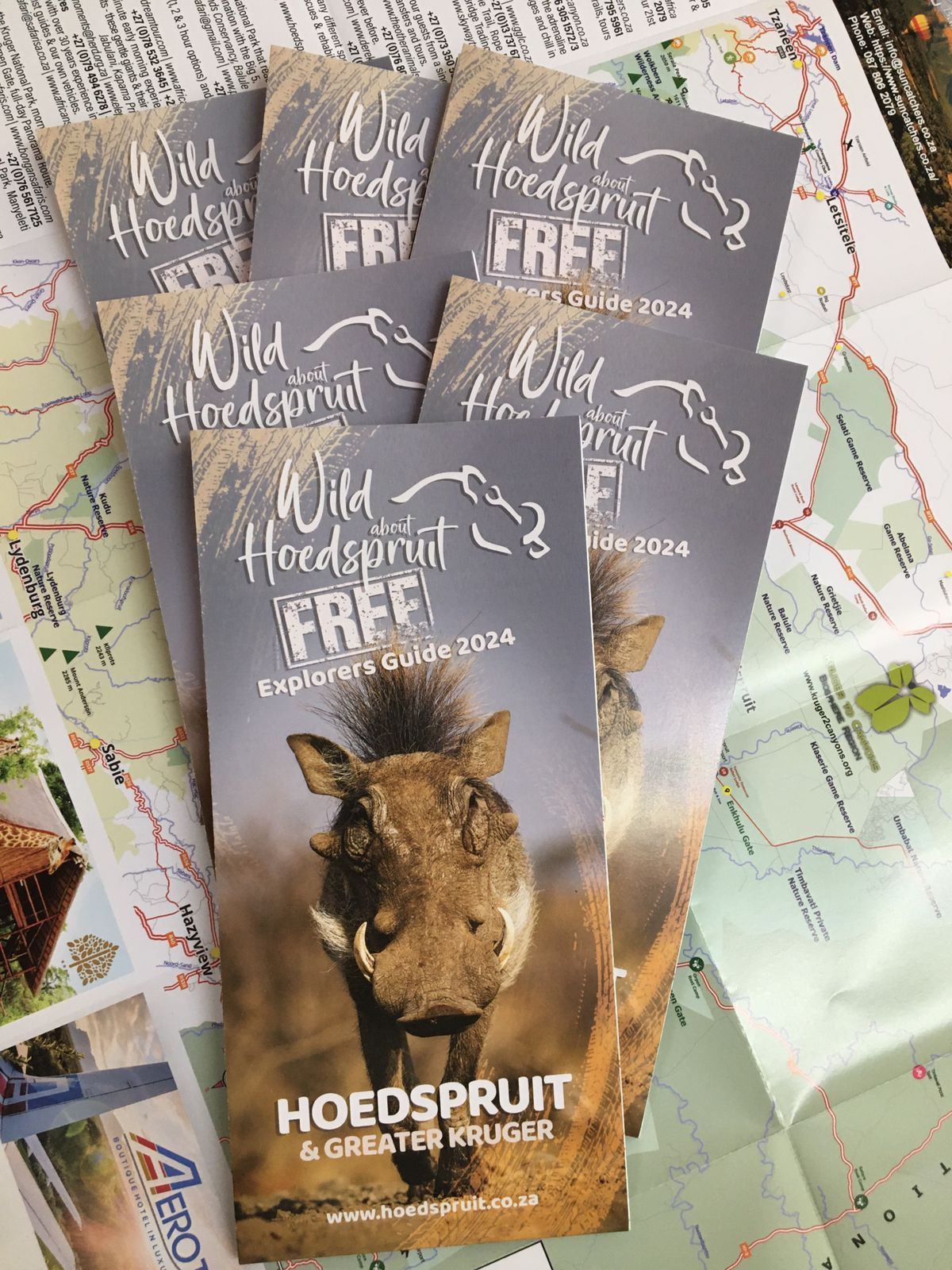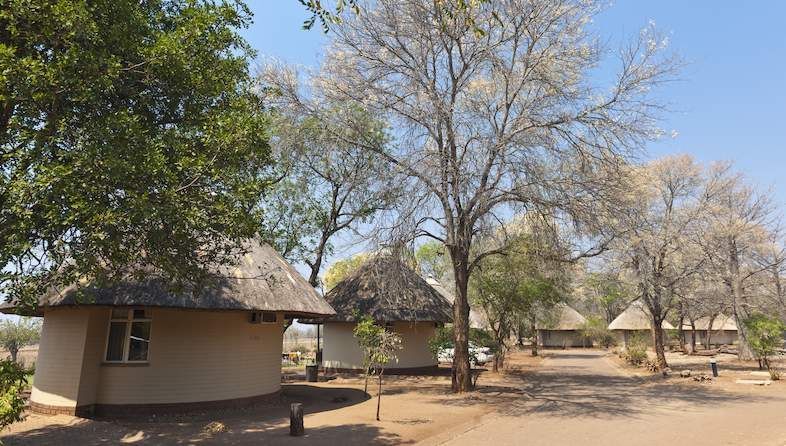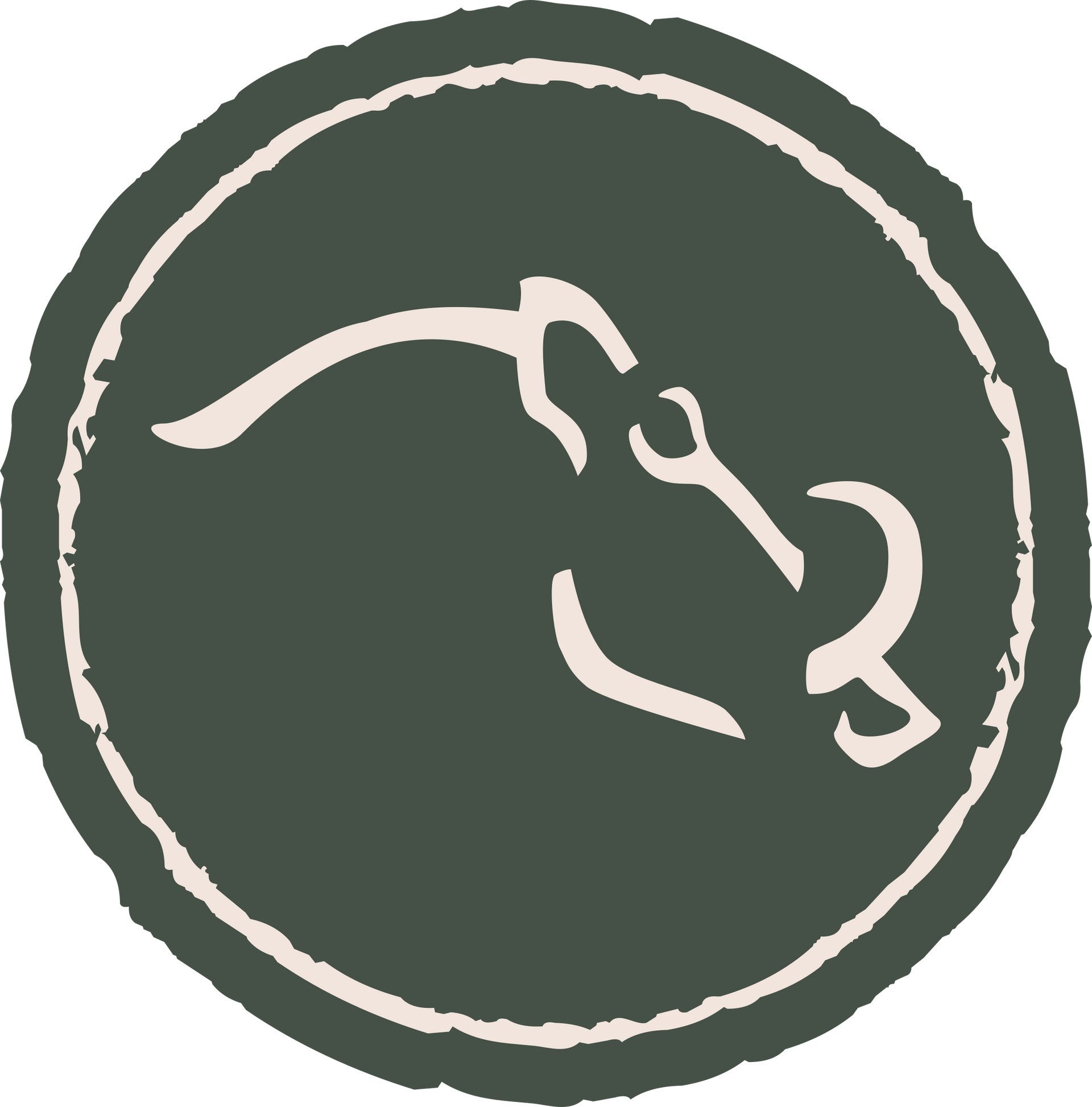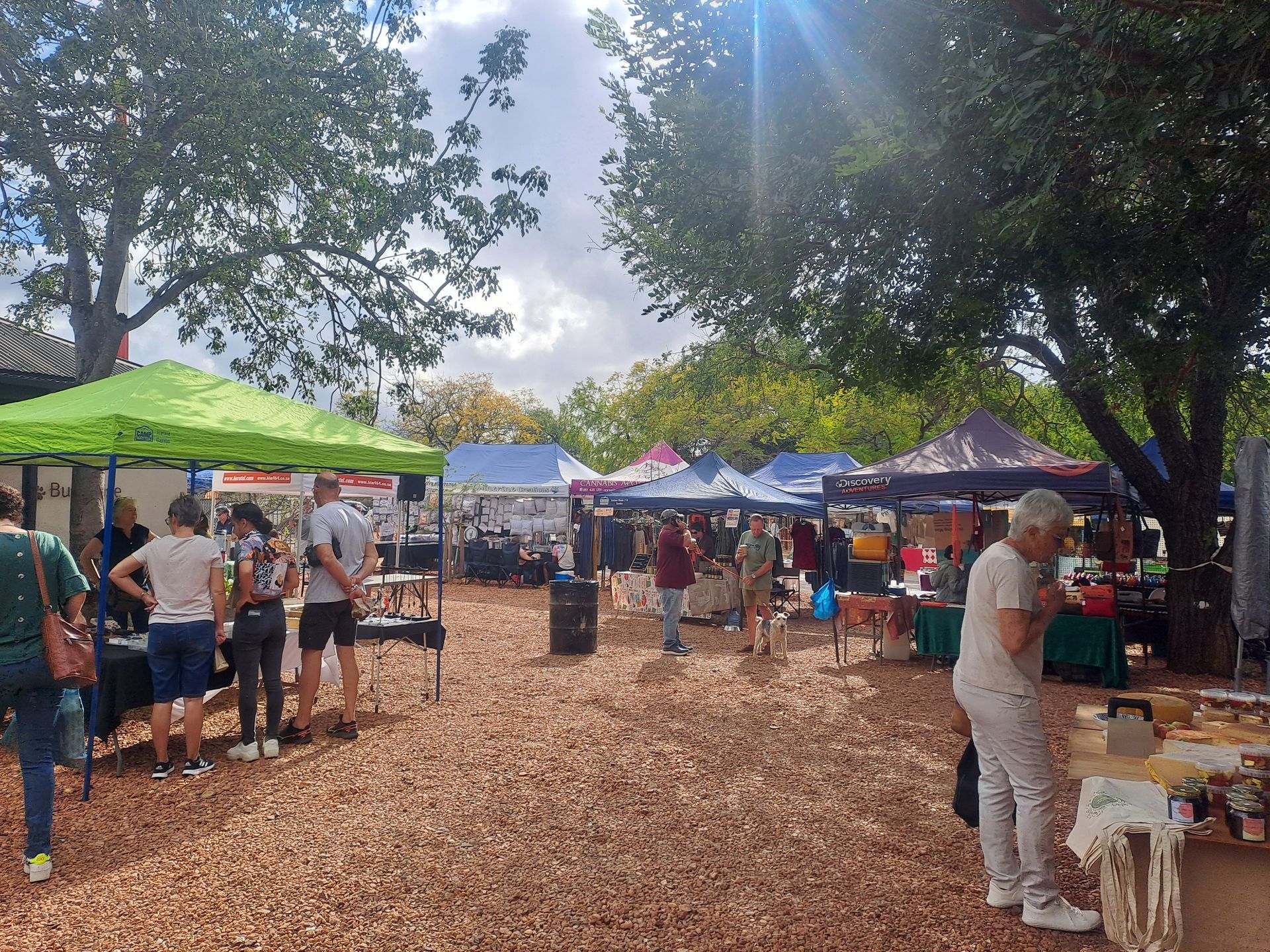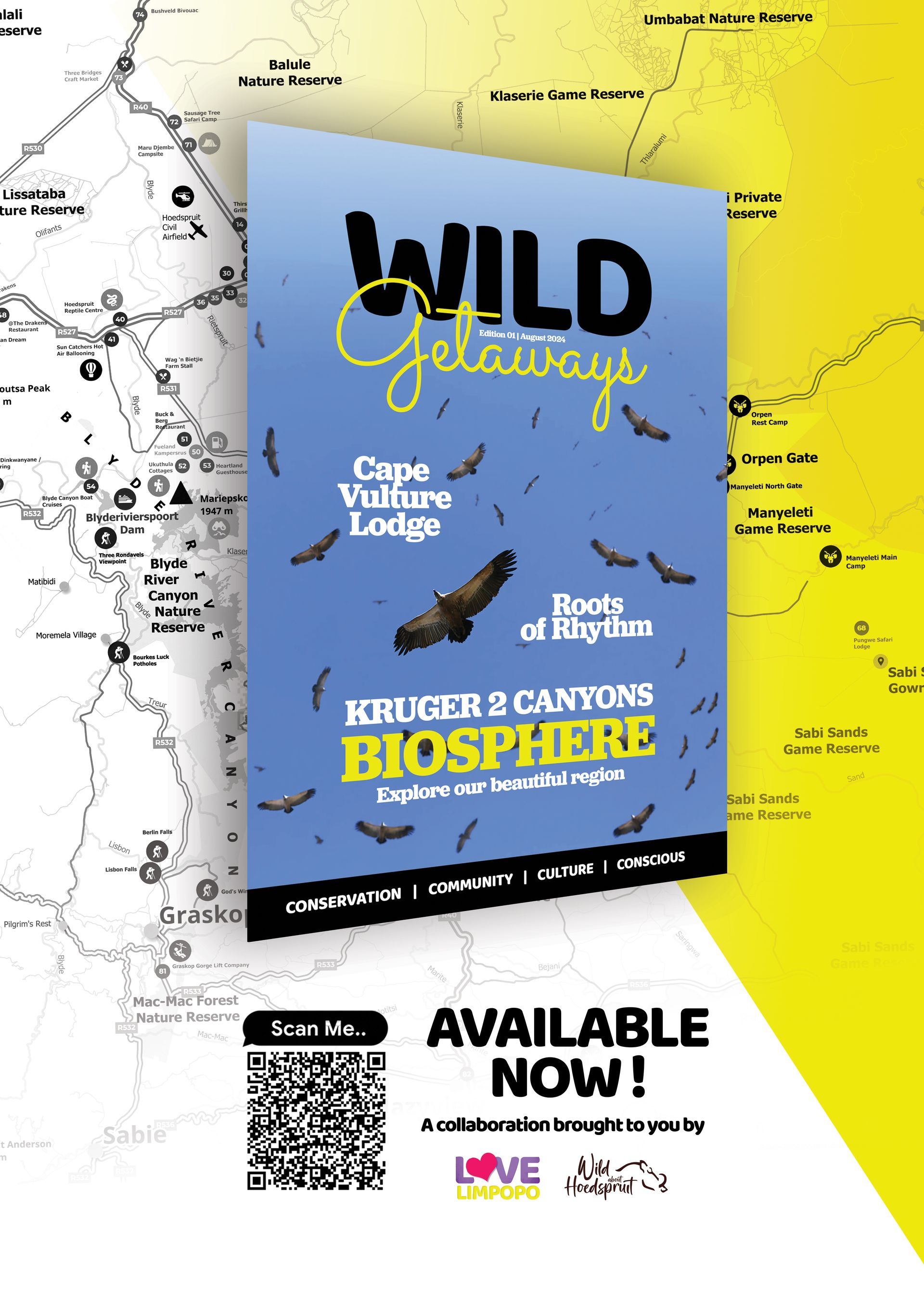Leopard in Kruger National Park: A Complete Guide
The elusive leopard, a symbol of stealth and grace, roams the diverse landscapes of Kruger National Park. Encountering this enigmatic feline in the wild is a thrilling and sought-after experience, adding a touch of mystery to any safari adventure.
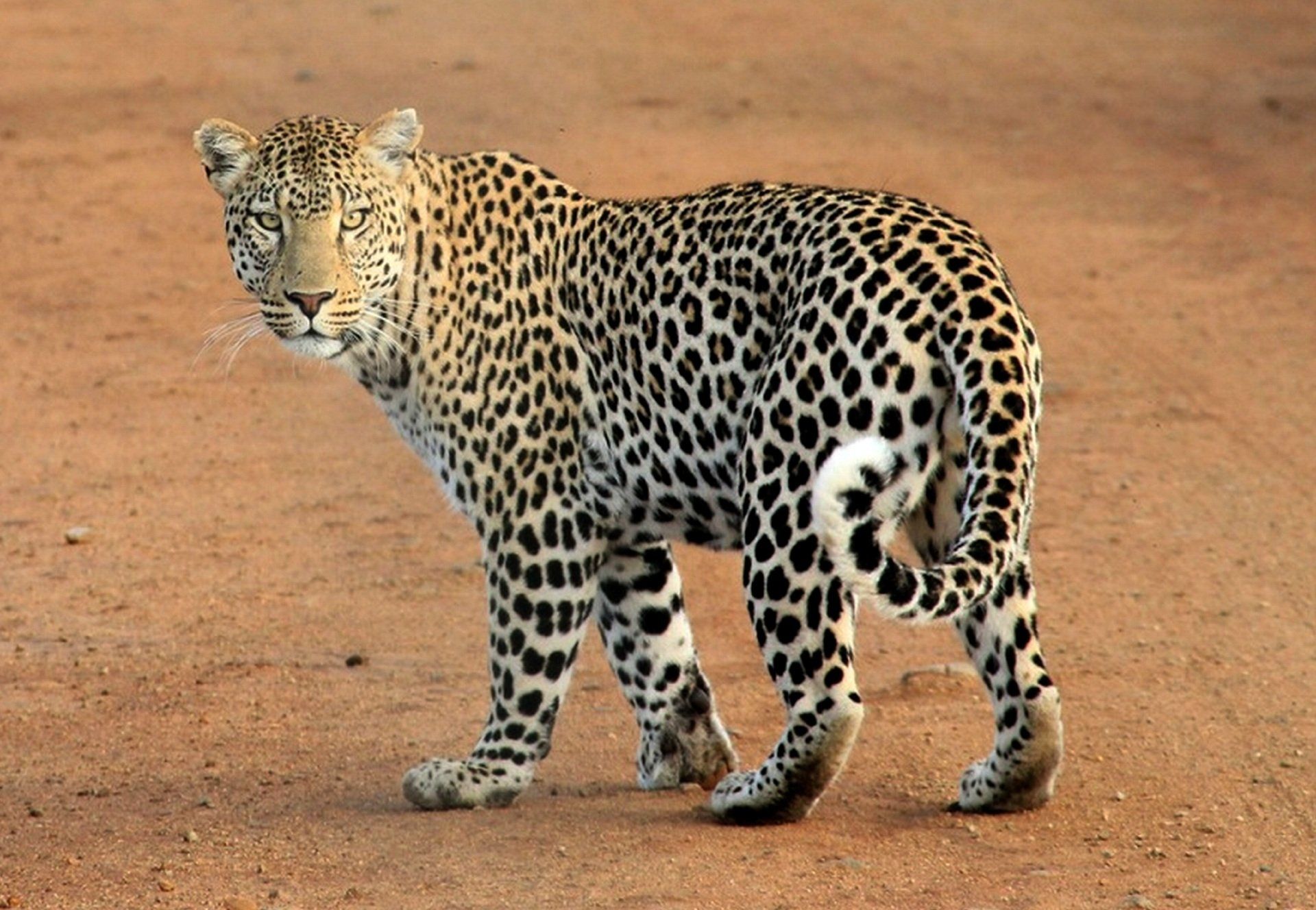
Why it's an Exciting Species to Encounter in Kruger
Leopards, with their striking spotted coat and elusive nature, epitomize the essence of untamed Africa. Their ability to blend seamlessly into the environment and their solitary, nocturnal habits make them a captivating and challenging species to observe in Kruger National Park.
Identification
Physical Characteristics
Leopards are characterized by their golden-yellow coat covered in distinctive black rosettes and spots. They have a sleek and agile build, with a relatively long tail that aids in balance. Their adaptability is reflected in their ability to thrive in a variety of environments.
Unique Features for Easy Identification
Individual leopards can be identified by unique spot patterns, especially around the face and neck. Some leopards may have variations in coat color, such as melanistic individuals, commonly known as black panthers.
Fascinating Facts
Interesting and Lesser-Known Facts about the Animal
Leopards are exceptional climbers and often hoist their kills into trees to avoid scavengers. They possess powerful jaws and are known for their ability to carry prey heavier than themselves. Leopards are solitary creatures, except during mating and the rearing of cubs.
Its Role in the Ecosystem
Leopards play a crucial role in maintaining the balance of ecosystems by controlling herbivore populations. Their stealth and hunting prowess contribute to the overall health of the park's wildlife communities.
Habitat and Range
Where in Kruger Can You Find This Animal?
Leopards are distributed throughout Kruger National Park, adapting to various habitats, including savannas, woodlands, and riverine forests. They are often found near water sources and areas with dense vegetation, providing cover for their hunting activities.
Preferred Habitats and Behaviors
Leopards prefer areas with abundant prey and cover for stalking. They are equally at home in trees as on the ground, using elevated positions for hunting and to escape the attention of larger predators.
Best Times for Sighting
Seasonal Variations in Visibility
Leopards can be spotted throughout the year, but the dry season (May to September) is particularly favorable due to reduced vegetation. Nighttime game drives offer better chances of encountering these nocturnal hunters.
Preferred Times of the Day
Leopards are most active during the early morning and late evening. Game drives during these periods increase the likelihood of witnessing their hunting behaviors and other natural activities.
Behavior and Social Structure
Behavioral Patterns and Interactions
Leopards are known for their solitary nature, marking territories with scent markings and vocalizations. They are stealthy hunters, relying on ambush tactics to secure their prey. Males and females come together only during the mating season.\
Social Dynamics if Applicable
While leopards are generally solitary, mothers may spend time with their cubs until they become independent. Male leopards may tolerate the presence of females within their territory during the mating season.
Conservation Status
Current Conservation Status
Leopards are listed as a species of "Least Concern" by the International Union for Conservation of Nature (IUCN). However, local populations may face threats due to habitat loss, human-wildlife conflict, and illegal poaching.
Any Particular Threats or Challenges the Species Faces
Habitat loss and fragmentation, as well as conflicts with humans, pose challenges to leopard populations. Conservation efforts focus on mitigating these threats and promoting coexistence between leopards and local communities.
Tips for Spotting
Key Signs to Look For
Look for fresh tracks, signs of recent kills, or the presence of scavengers congregating around trees, indicating a hoisted kill. Leopards often use prominent vantage points, such as termite mounds or rocks, for observation.
Popular Regions within Kruger for Sightings
Regions like the Sabi Sands Game Reserve, the central plains, and riverine areas are known for frequent leopard sightings. Patience and keen observation are essential when searching for these elusive cats.
Observing a leopard in Kruger National Park is a rare and privileged experience that should be approached with respect and responsibility. As visitors, let's appreciate the significance of these encounters and contribute to the ongoing efforts to conserve and protect these magnificent creatures and their habitats.
Additional Resources
Wild About Kruger
Explore the Wild About Kruger series, your comprehensive source for discovering the magic of Kruger National Park from the hub of Hoedspruit. Here, we delve into all you need to know, from incredible wildlife experiences to insider insights and travel arrangements.
Share This Article
Quicklinks
Related Articles
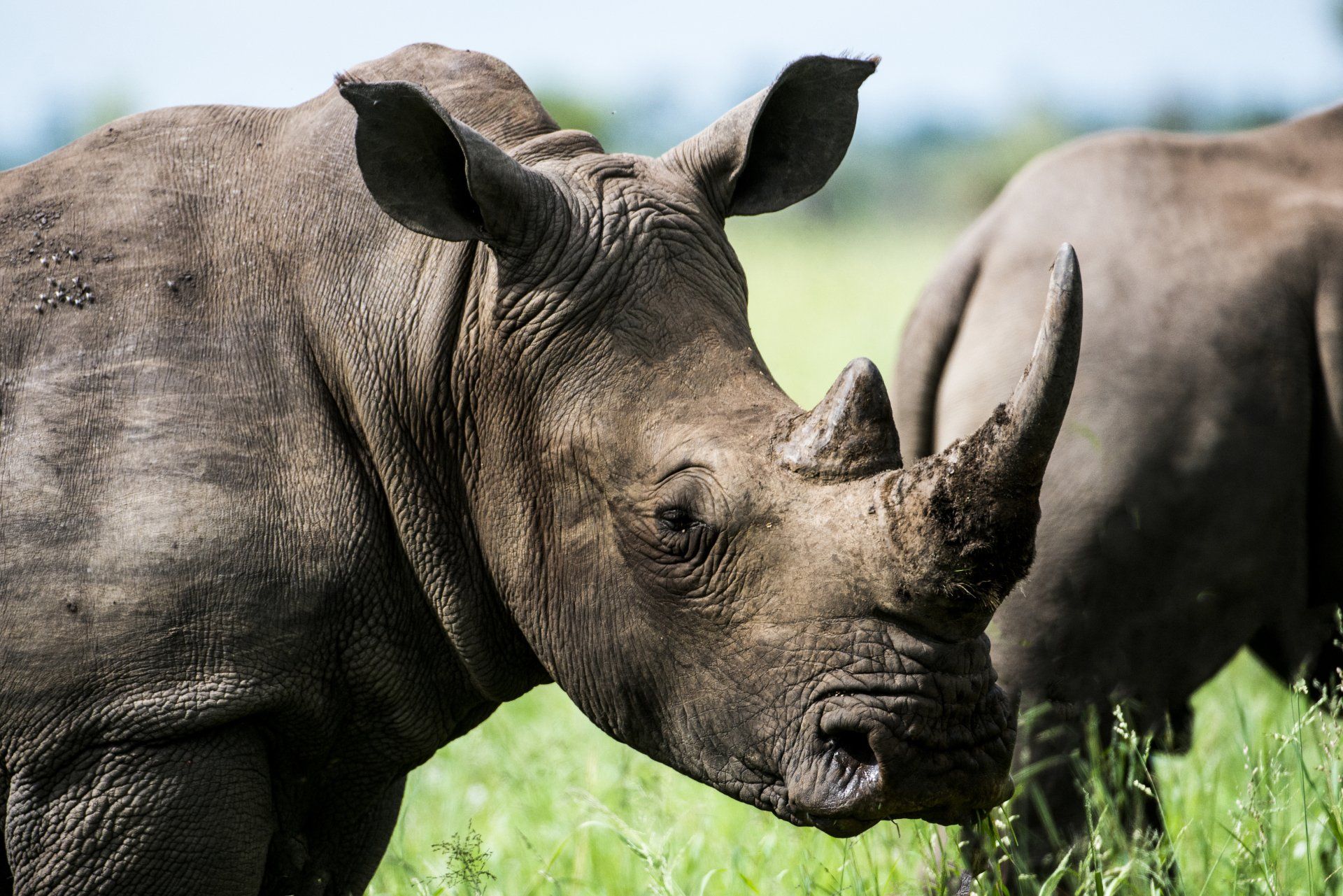
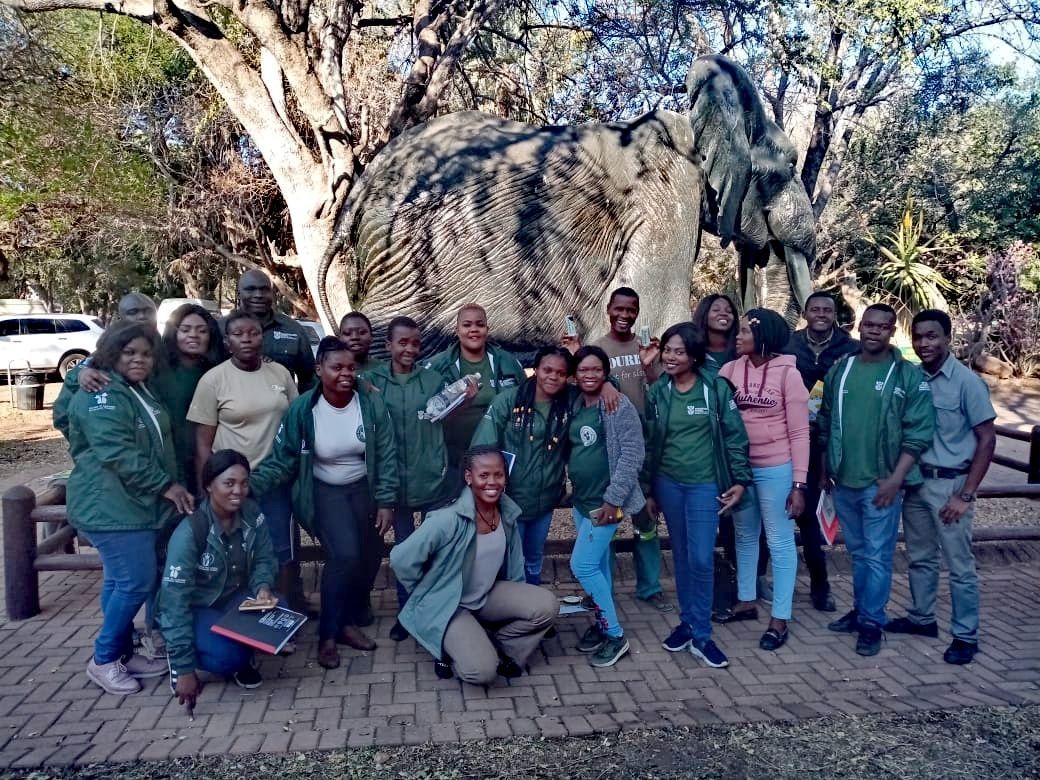
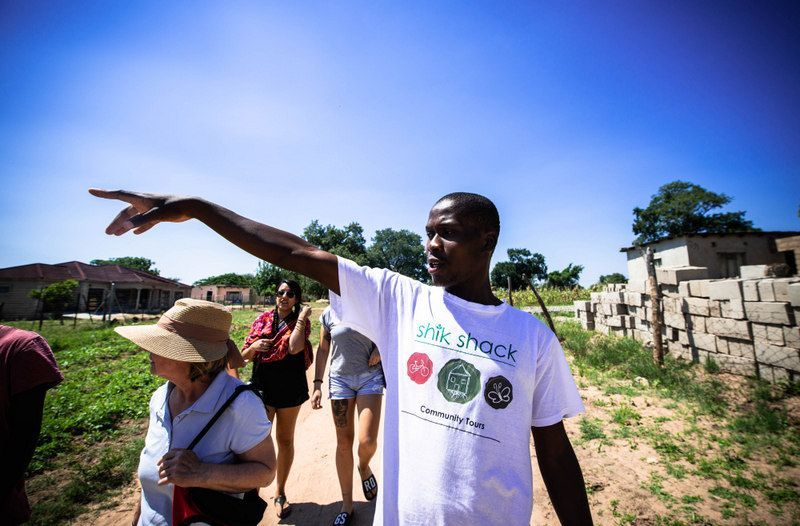
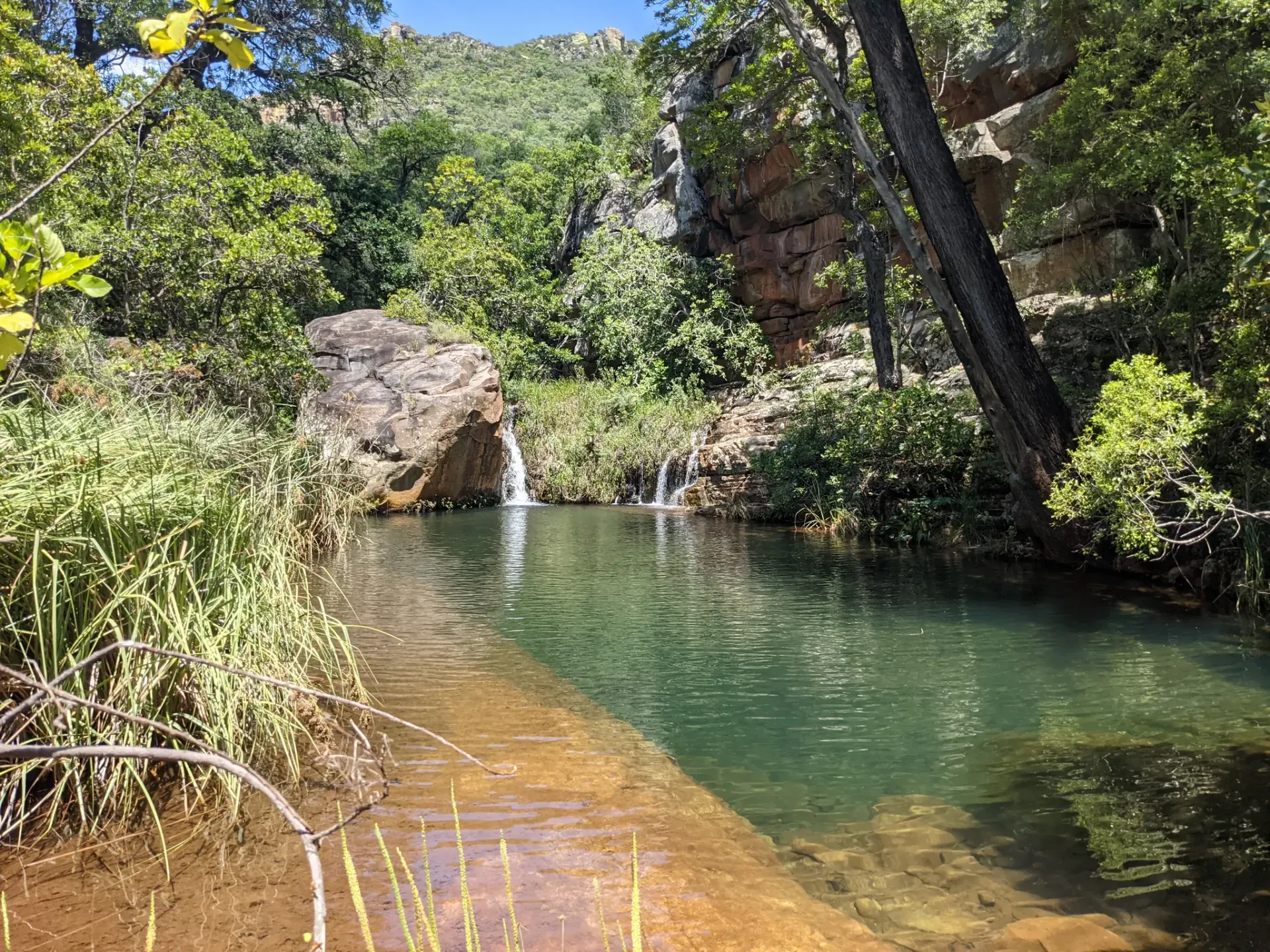

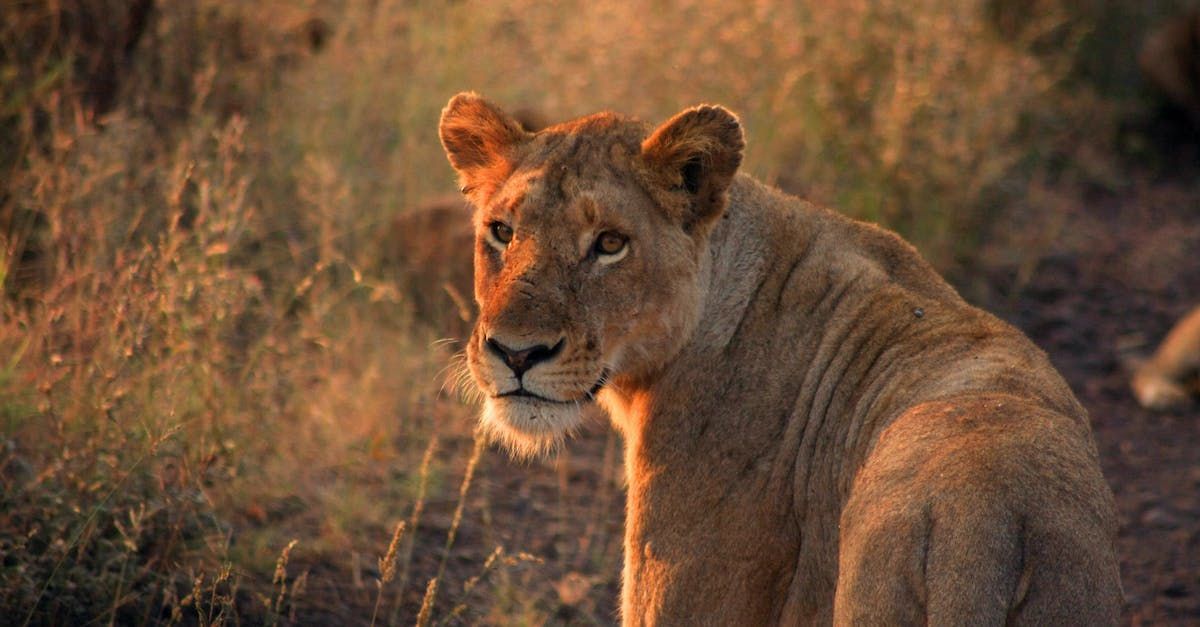

Hoedspruit Articles




